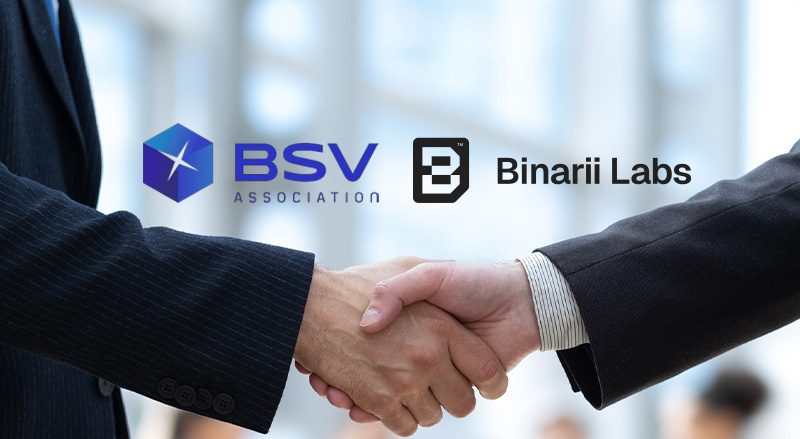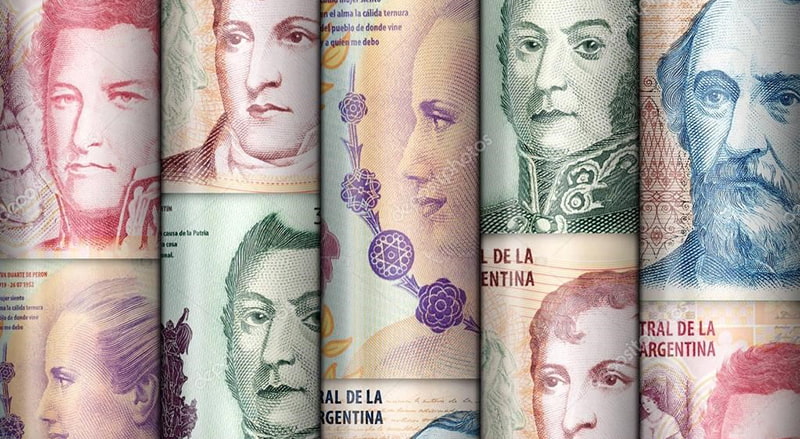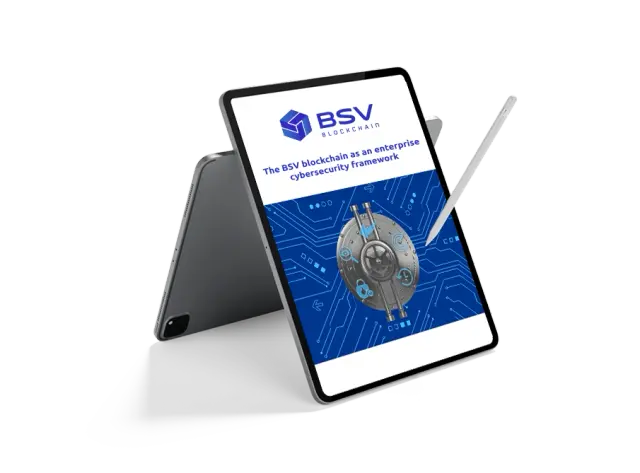At the London Blockchain Conference (31 May – 2 June), CoinGeek spoke with Kirsty Barany Gibson, Access New York Project Lead, about micropayments and how they open up new use cases and business models. Building on this conversation, we present 10 use cases enabled by micropayments in this article.
As Barany Gibson tells in the interview, the opportunities that micropayments create are not exhausted in a list of fixed possibilities. Rather, they enable a paradigm shift or, as Barany Gibson puts it, a ‘cultural shift’. A list of use cases therefore only serves to illustrate what micropayments can do. In the context of cultural change, however, there are probably still many good use cases that no one has yet come up with, let alone implemented.
How micropayments enable a cultural shift in the handling of data
The cultural shift Barany is talking about is mainly about the handling of data and the need to verify their products or services they receive as genuine:
‘That’s the cultural shift as these tools are becoming more and more available, people want more and more proof that that what they’re paying for is the right thing. And and with the economy getting a little bit more complicated, people will want to certify that they’re getting the value that they’re paying for.’
Micropayments can play an important role as an enabler in this context by enabling new monetisation models and thus creating completely new value chains. Barany Gibson envisions models where individuals regain ownership of their valuable data, like healthcare data, and can monetize it through platforms that aggregate and sell de-identified data.
This stands in contrast to the current state where big tech profits from consumer data. Micropayments are expected to enable interactions where companies pay consumers for their attention and data, reversing the current dynamic. The idea of paying for privacy and receiving compensation for interacting with companies is considered, leading to a new economy built around data monetisation.
Use cases enabled by micropayments in the public sector
Access to public documents: Citizens often need to access various government services, such as obtaining official documents, licenses, or permits. Micropayments can simplify these processes by allowing citizens to pay small fees online, reducing the need for in-person visits and lengthy paperwork.
Digital Identity Verification: Governments are exploring the use of micropayments for digital identity verification. Citizens can make a nominal payment to verify their identity for online transactions, enhancing security and reducing the risk of fraud.
Access to Public Wi-Fi: Implementing micropayments for public Wi-Fi allows municipalities to have extended or premium access, local governments can generate revenue to maintain and expand these services while providing citizens with the option for enhanced connectivity.
Environmental Initiatives: Micropayments could be used to reward citizens for sustainable behaviour, such as recycling. One example of this is the BAIOT project in Poland, which incentivised the collection of bottle caps for educational purposes in Poland.
Digital Identity Verification: Governments are exploring the use of micropayments for digital identity verification. Citizens can make a nominal payment to verify their identity for online transactions, enhancing security and reducing the risk of fraud.
Public Libraries: The pay-per-use model could be particularly interesting for libraries, as micropayments could allow accessing small content forms. Citizens could benefit from this if they only need access to for example one article of a publication or just one section of a book.
Public Transport and Parking: Micropayments have transformed the way people pay for parking and public transportation. By enabling citizens to make quick payments through mobile apps or contactless payment systems, municipalities can reduce congestion at toll booths and parking meters, leading to smoother traffic flow and a more convenient experience for citizens.
Why the BSV blockchain is the superior option for micropayments
Finally, it is important to address the question of which blockchain is best suited for handling micropayments. The Lightning Network as a second layer solution from BTC and the BSV blockchain are available for this purpose. Certainly, the public interest as well as the market for solutions based on BTC is greater. However, the BSV blockchain offers compelling advantages.
An important advantage of the BSV blockchain is certainly its transparency and auditability. With this feature, all parties involved have the ability to verify independently of each other at any time.
While both solutions offer the necessary low transaction costs. The overall scalability of the BSV blockchain is much better, as it is not limited by the number of participants in the network and their capitalisation in the network. Rather, BSV scales globally for businesses, the industry and government purposes alike. While it does not scale unbounded, its maximum capabilities have yet to be explored.






